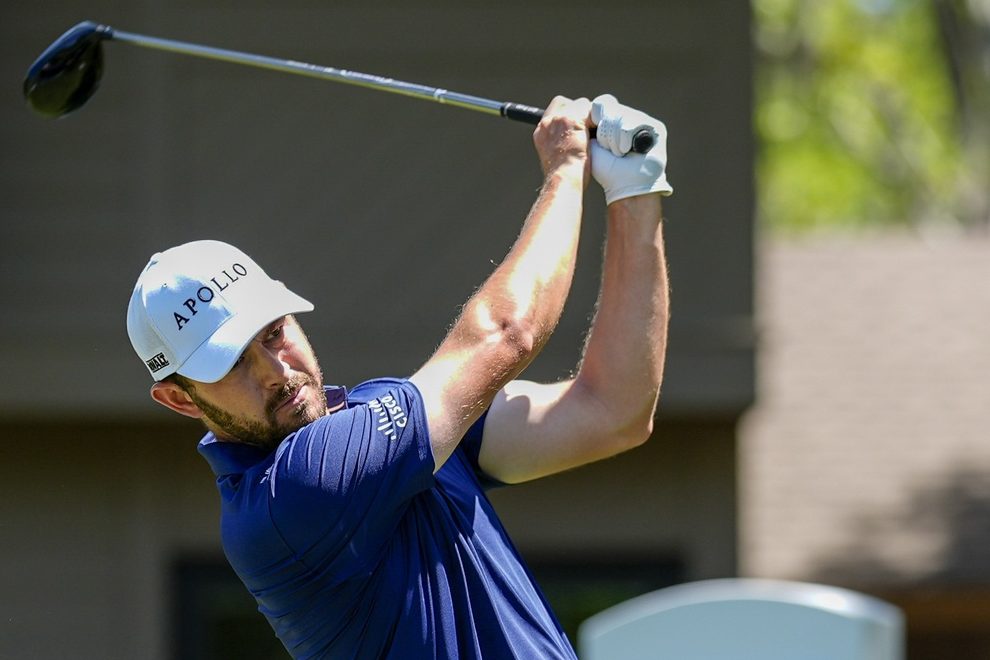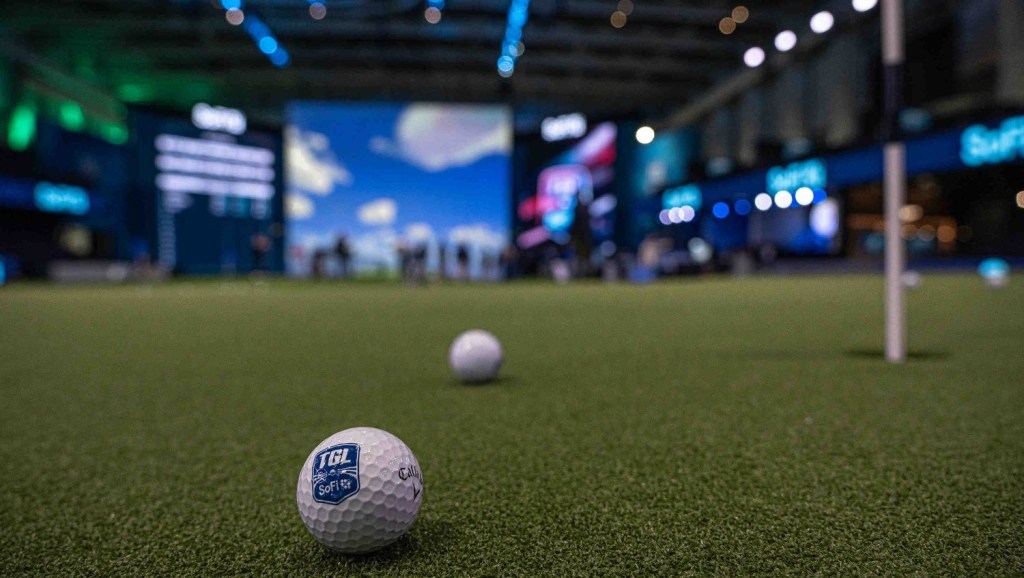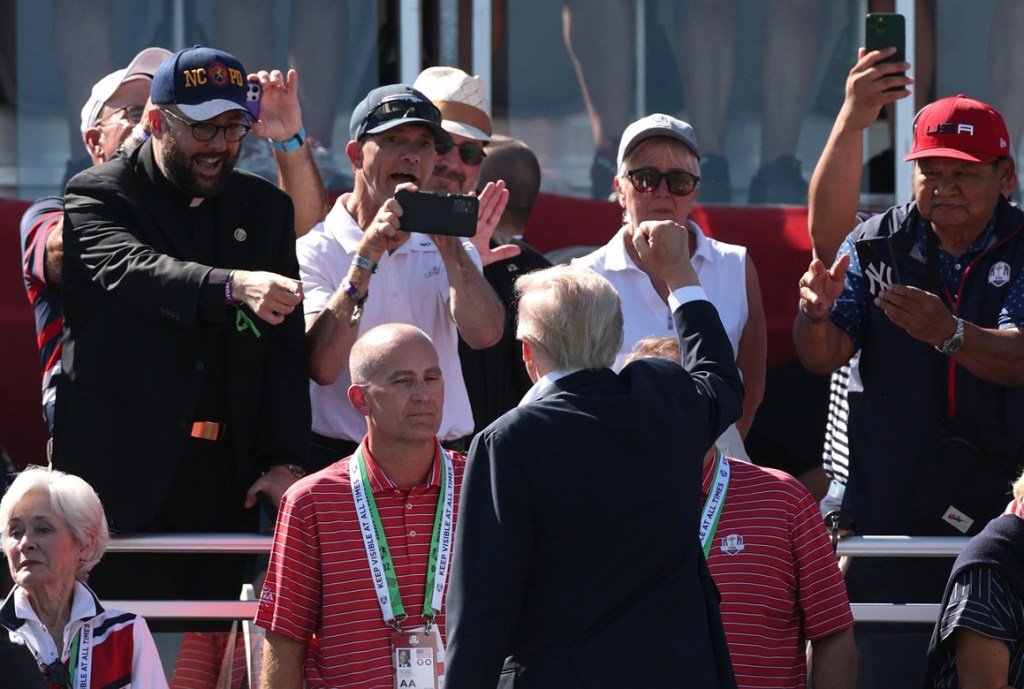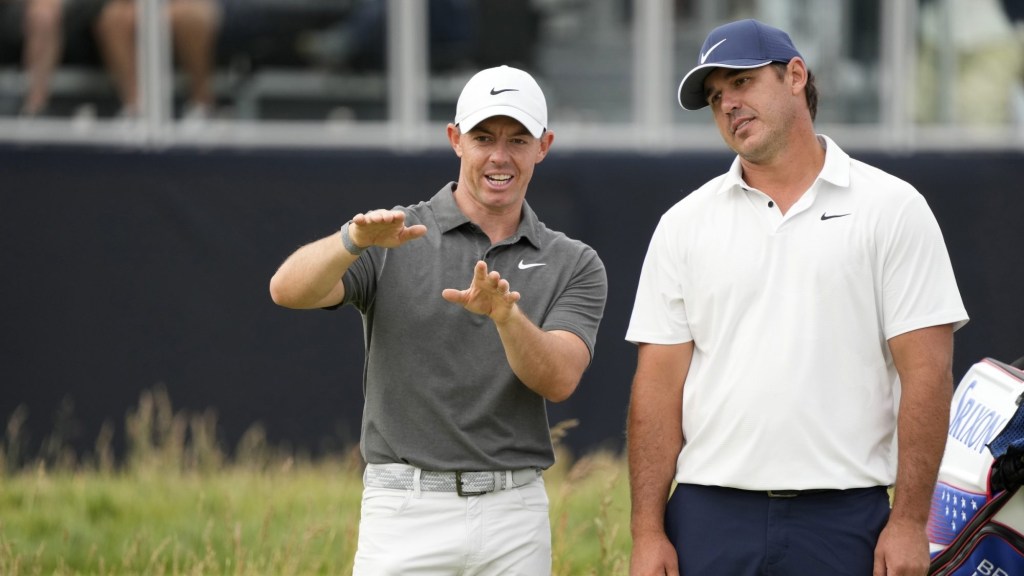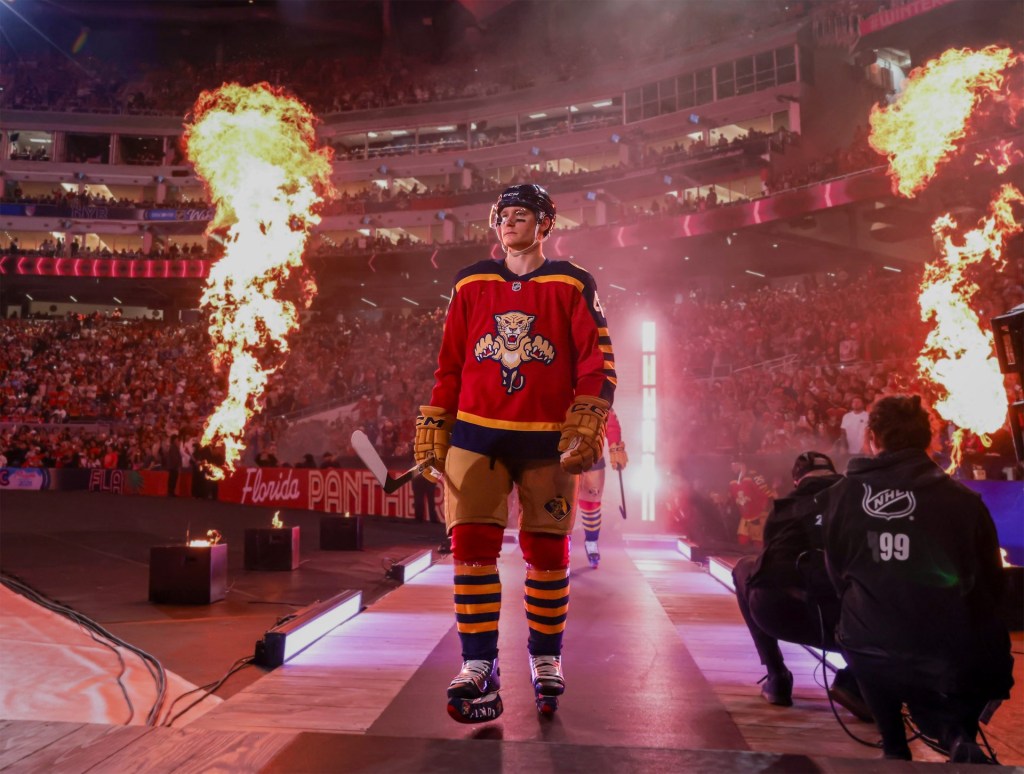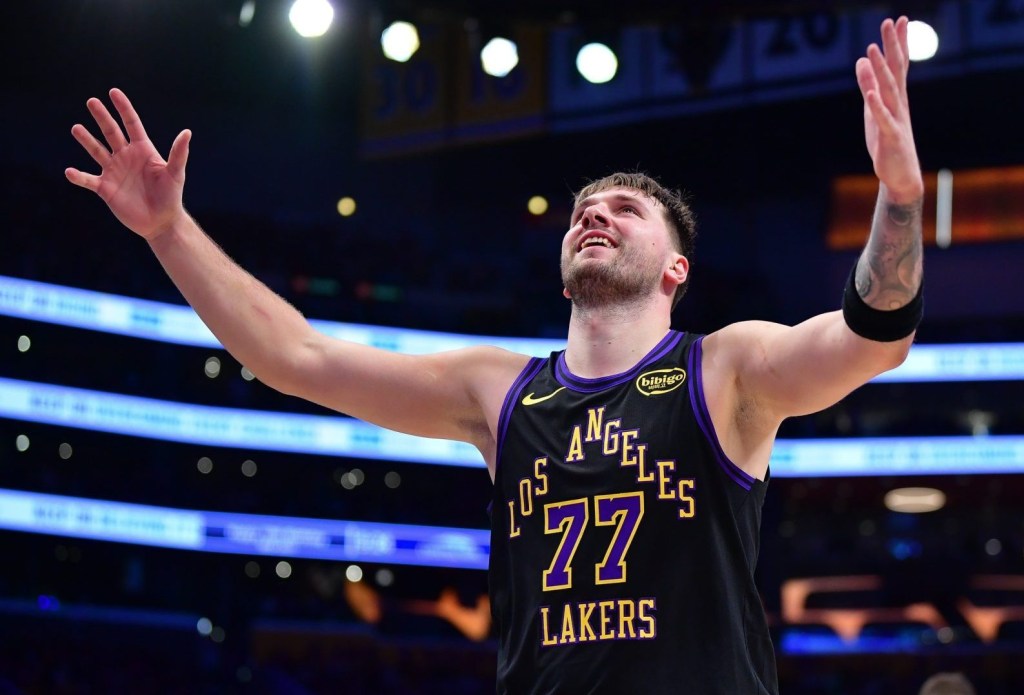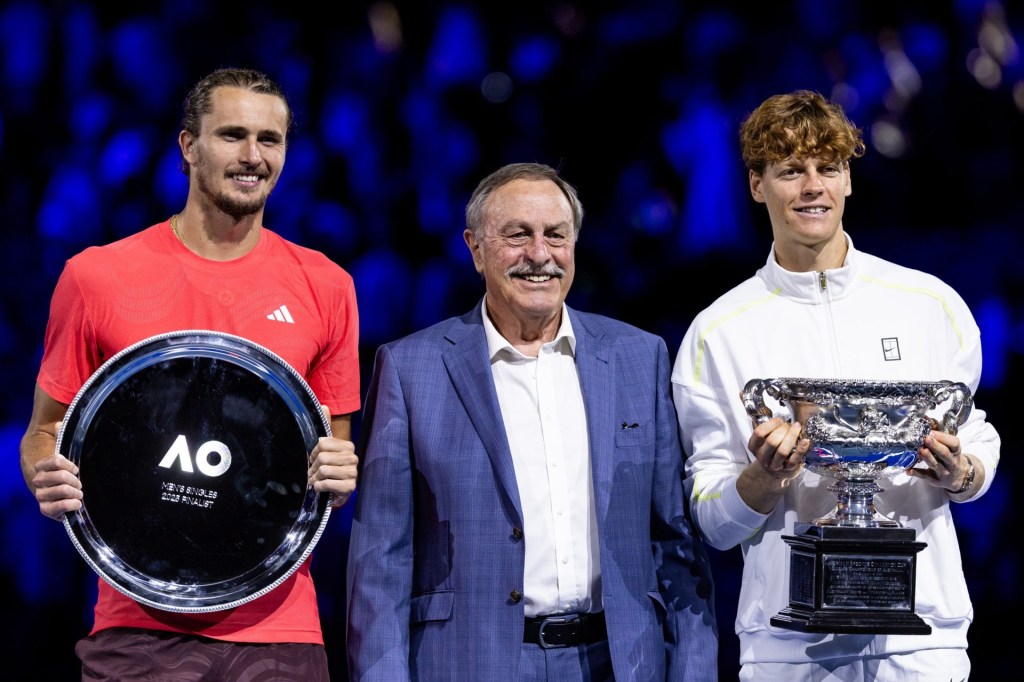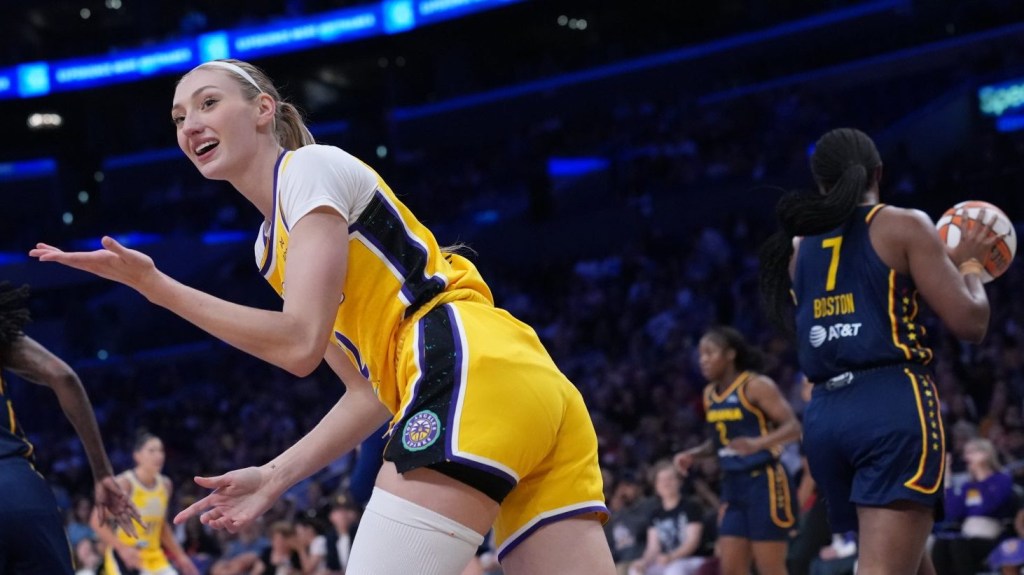Ongoing efforts surrounding the PGA Tour’s pace-of-play push have shifted more from how long it takes a group to complete a round to individuals who may be taking too long on certain shots, Front Office Sports has learned.
Players and caddies were allowed to use rangefinders, formally known as distance-measuring devices, this past weekend at the RBC Heritage in Hilton Head and the Corales Puntacana Championship. The trial run, part of multiple recommendations from the Tour’s speed of play working group, will extend through four more tournaments over the next three weeks.
On the second-tier Korn Ferry Tour, a new policy is being tested that assesses players a one-stroke penalty for their first “bad time,” which occurs when a player exceeds the applicable time to play a stroke while being timed. Every stroke a player loses could mean significantly less prize money.
The PGA Tour has not released hard data on average round times for players, but that can be relative to the situation. When players are grouped in threesomes early in tournaments, those rounds will naturally take longer than groups of two, which are common after the 36-hole cut.
“When you see the biggest changes in pace of play, it all comes from going from three guys to two guys in a pairing,” Scottie Scheffler said last week. “It’s just easier to get around the golf course.”
Changes Ahead
With testing underway that could lead to significant changes in 2026, a source told FOS that the PGA Tour’s focus has shifted more to average stroke times as opposed to average round times. The Tour is looking at players’ pre-shot routines and how long it’s taking them to play a certain shot, the source said, adding that the Tour’s rules team is sitting down with players to discuss where they are losing time on the golf course and how they can improve.
Many golfers have all kinds of different tendencies and pre-shot rituals, which can often make for bad TV, if a broadcaster cuts to a player too early, and the viewer has to wait 20 seconds before the ball is hit, for example. It should be noted that golf’s TV ratings have largely been up this year, including at The Masters.
The fact that the PGA Tour is putting a stronger emphasis on average stroke time is significant because it does not have a hard shot clock—like the indoor golf league TGL used in its debut season—to keep players moving. The Tour could announce any significant results from this testing period once it ends next month.
